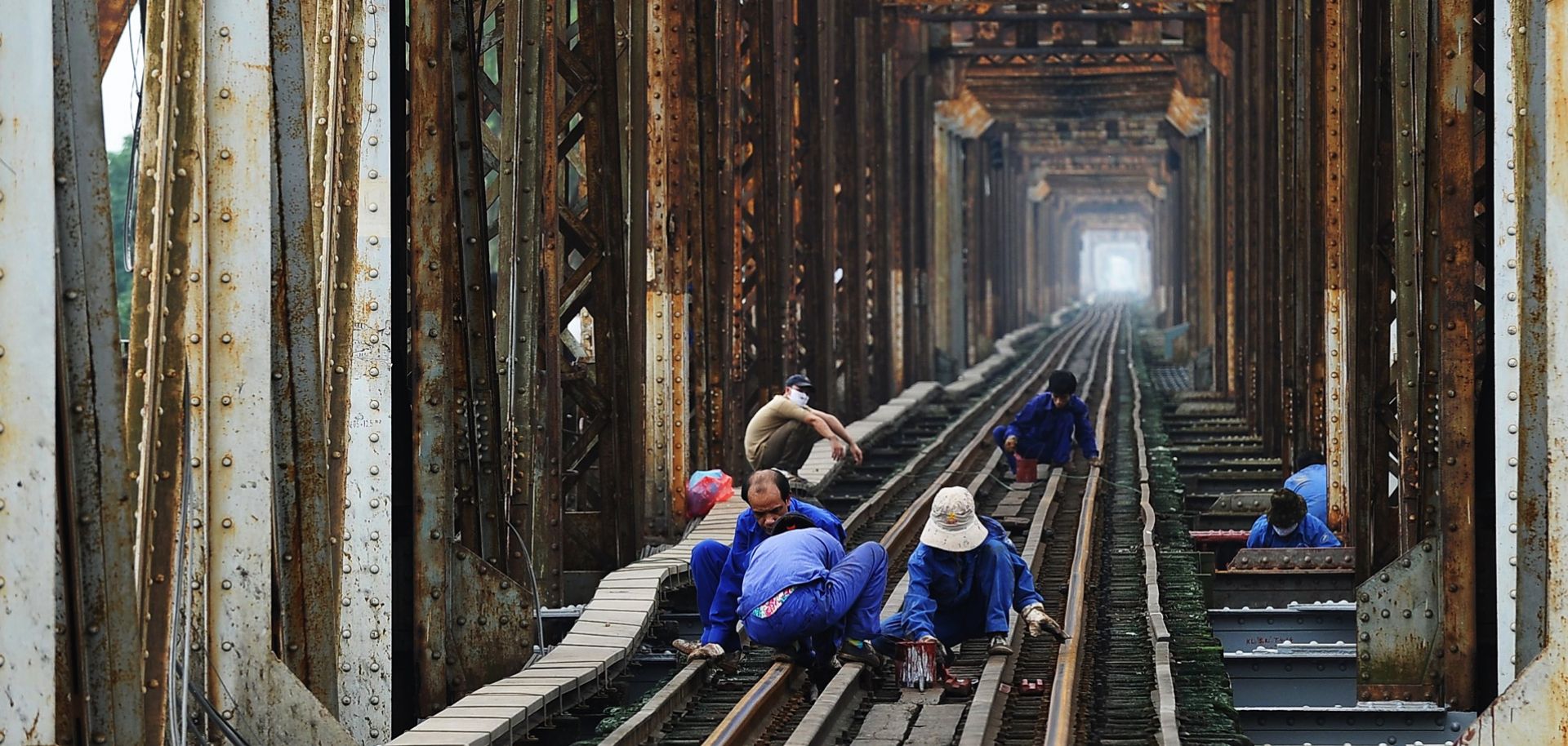China and Japan's competition for commercial influence in Southeast Asia is heating up, and this time their rivalry has centered on the Malay Peninsula. In the coming months, Singapore and Malaysia are expected to move forward on a joint high-speed rail project that will connect five cities between Singapore and Kuala Lumpur. The 350-kilometer (about 217-mile) line is a key part of the geographically fragmented region's broader integration goals and, like other a number of other infrastructure projects in Southeast Asia, a priority for both Tokyo and Beijing.
China is hoping to use its vast capital reserves, high risk tolerance and strategic investments in the region to turn the project into part of a 1,700-kilometer, pan-Asian rail network connecting Singapore to Kunming, China. But Japan has its own plans for the railway's future. Tokyo is seeking to leverage its superior rail technologies, substantial foreign aid packages and deep commercial ties with...

